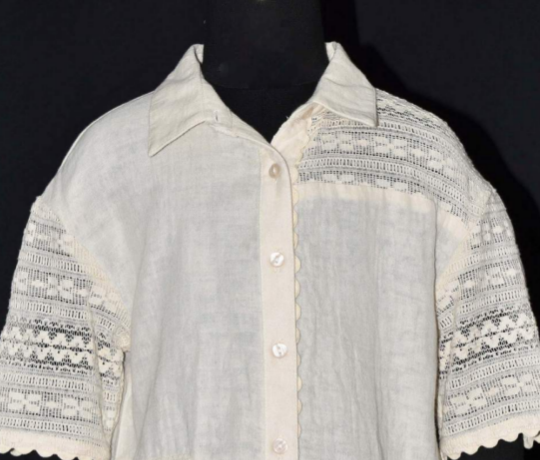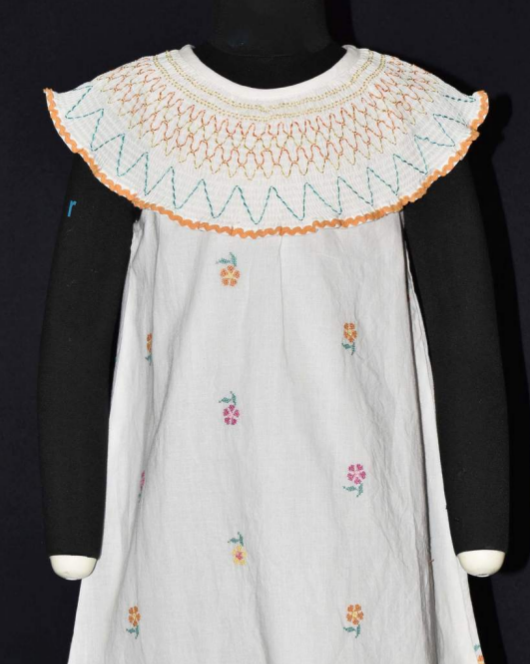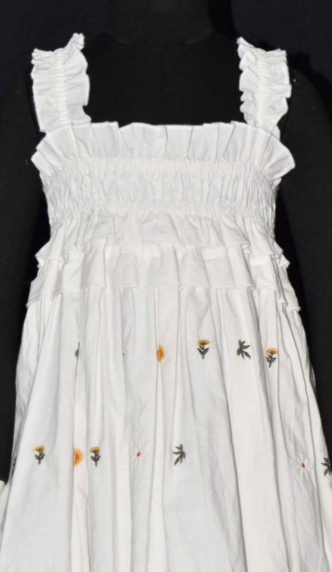The Pros And Cons Of Fabric Printing Vs. Fabric Dyeing: Which Is Right For Your Project

When it comes to adding color and design to fabrics, fabric printing and fabric dyeing are two popular methods used in the textile industry. Each technique has its own set of advantages and drawbacks, and the right choice depends on the specific needs of your project. Let's explore both options to help you decide which one suits your requirements best.
Fabric Printing
Fabric printing involves applying color or designs to the surface of the fabric using techniques like screen printing, digital printing, or block printing. It is ideal for creating detailed patterns, logos, and complex graphics.
Pros:
- Precision and Detail: Printing allows for intricate designs with sharp lines and fine details, making it perfect for custom graphics, logos, and small prints.
- Vibrant Colors: Prints often produce more vivid and saturated colors compared to dyeing, especially for designs that require multi-colored patterns.
- Flexibility: Printing is versatile and works well on a variety of fabrics, including cotton, polyester, and blends, allowing for creativity in design.
Cons:
- Cost: Fabric printing can be more expensive, especially for small runs or custom designs, due to setup costs and the need for specialized equipment.
- Limited Coverage: Printing is typically applied only to the surface, meaning it may not provide the same level of saturation as dyeing, especially on thicker fabrics.
Fabric Dyeing
Fabric dyeing, on the other hand, involves soaking fabric in a dye solution to change its overall color. This method is ideal for solid colors or achieving a uniform look.
Pros:
- Cost-Effective for Large Batches: Dyeing is often more affordable than printing, particularly for large quantities, since the process is relatively simple and less equipment-intensive.
- Full-Color Saturation: Dyeing ensures that the color penetrates the fabric completely, offering a deeper, more even hue, especially in natural fibers like cotton and wool.
- Durability: Dyes generally bond well with fibers, providing color that lasts longer without fading or washing out.
Cons:
- Limited Design Complexity: Dyeing is ideal for solid colors or simple gradient designs but isn't suitable for intricate patterns or multi-colored designs.
- Color Control: Achieving a specific color tone can be more difficult, and there’s less control over the final result compared to printing.
Conclusion
The decision between fabric printing and dyeing ultimately depends on your project's needs. If you require detailed designs and vibrant colors, fabric printing might be the best option. However, if you're working with large quantities and need uniform color at a more affordable price, fabric dyeing is a strong contender.
Cheer Sagar, a leading manufacturer in India, has extensive experience in both fabric printing and dyeing, offering high-quality solutions tailored to various customer requirements. Whether you're looking for precision printing or vibrant, durable dyeing, they can help guide you to the most cost-effective and aesthetically pleasing solution for your project.
At the end of the day, both methods have their merits, and choosing the right one will ensure your project stands out for all the right reasons.
Related Blog
Exporting Apparel: A Comprehensive Guide For Manufacturers
India boasts a rich tapestry of textile heritage, making it a global leader in the industry. With a skilled workforce...
Business Strategies To Be A Successful Importer And Exporter
Starting a business requires better planning and knowing in-depth than whether it is an import or export business. Whether you...
Ultimate Clothing Startup Guide: Choosing The Right Manufacturer
As a startup it is difficult to learn the ropes of business quickly. However, that is exactly what is expected...




